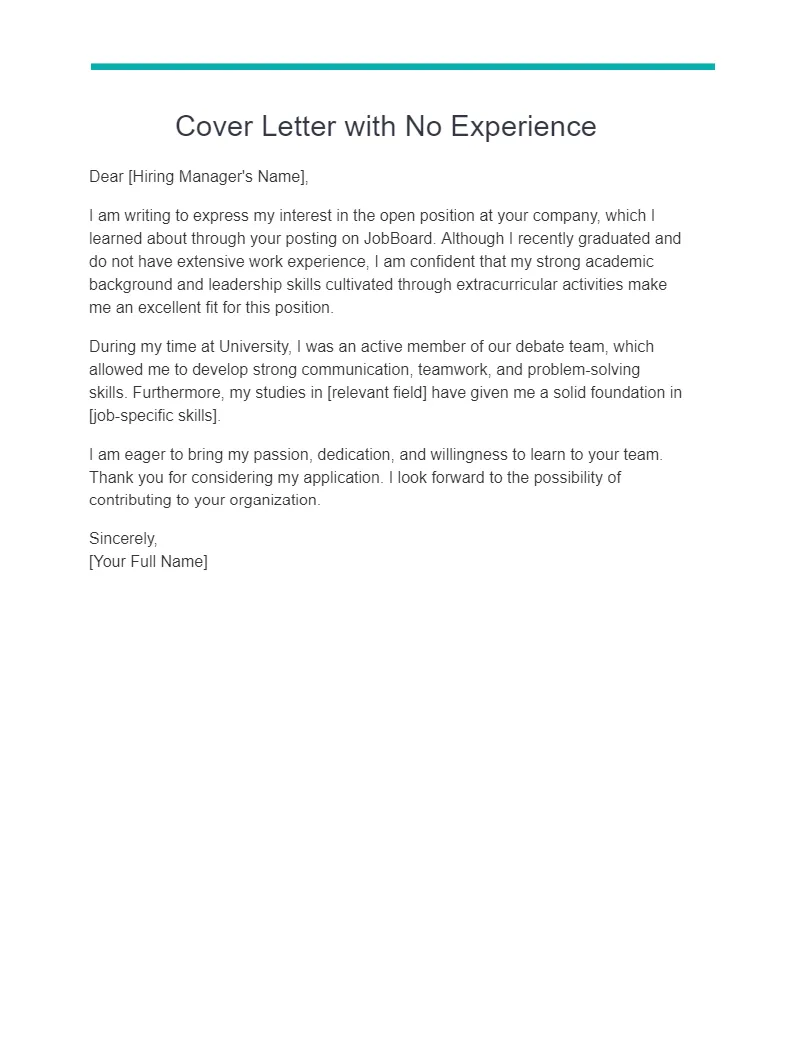Crafting a Compelling Cover Letter
A cover letter is your first chance to make a strong impression. It’s a crucial document in any job application process, serving as your personal introduction to a potential employer. While a resume provides a snapshot of your skills and experience, a cover letter allows you to tell your story, express your enthusiasm, and highlight why you’re the perfect fit for the role, even without direct experience. This guide will walk you through how to craft cover letter samples that truly impress, regardless of your experience level. We’ll explore essential components, formatting tips, and strategies to help you stand out from the crowd. Mastering the art of cover letters is an investment in your career, opening doors to opportunities you might otherwise miss. Let’s dive into the specifics of creating a cover letter that gets you noticed and helps you land an interview.
Understanding the Purpose of a Cover Letter
The primary goal of a cover letter is to introduce you to the hiring manager and express your interest in a specific position. It’s more than just a formality; it’s your opportunity to make a compelling case for why you deserve an interview. A well-written cover letter showcases your personality, writing skills, and ability to communicate effectively. It also allows you to expand on the information presented in your resume and demonstrate how your skills and experiences align with the job requirements. By clearly articulating your value proposition and expressing your enthusiasm for the role, you significantly increase your chances of getting noticed and advancing in the application process. The cover letter’s purpose extends beyond simply stating your qualifications; it’s about creating a connection and convincing the employer that you are the right person for the job.
Why a Cover Letter is Important
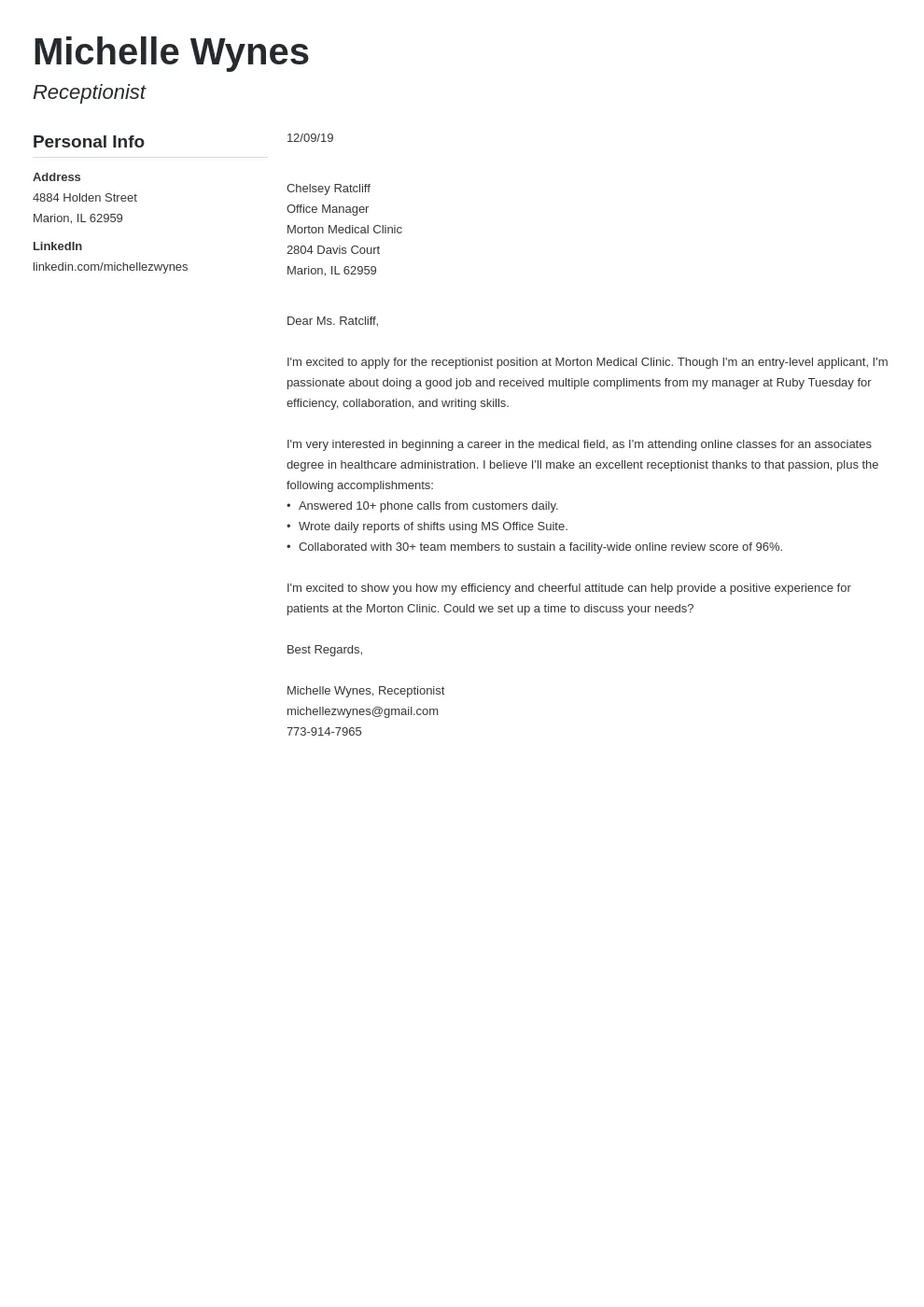
In today’s competitive job market, a cover letter is often a deciding factor. It can be the difference between your application being considered or overlooked. A cover letter allows you to personalize your application and show that you’ve taken the time to understand the role and the company. Even with limited experience, a strong cover letter can highlight your potential and demonstrate your eagerness to learn and contribute. It provides an opportunity to address any gaps in your resume, such as a lack of direct experience, by emphasizing transferable skills and relevant experiences. In short, a cover letter serves as a vital tool to differentiate yourself from other candidates and make a lasting impression on the hiring manager. It shows your proactive approach and genuine interest in the opportunity, which are highly valued by employers.
Key Components of a Cover Letter
A well-structured cover letter typically includes a header with your contact information, the date, and the recipient’s information. The body should consist of an opening paragraph that grabs attention, a few body paragraphs highlighting your skills and qualifications, and a closing paragraph that reiterates your interest and includes a call to action. Each section of the cover letter plays a crucial role in conveying your message and convincing the employer to invite you for an interview. Clear and concise language, along with proper grammar and spelling, are essential. Make sure to tailor your cover letter to the specific job and company, showcasing your understanding of their needs and how you can contribute to their success. The key is to present yourself as a thoughtful and enthusiastic candidate who is eager to make a positive impact.
Highlighting Transferable Skills
When you have no direct experience, focusing on transferable skills becomes paramount. These are the skills you’ve acquired through various experiences – education, volunteer work, extracurricular activities, or even hobbies – that can be applied to a new job. Identifying and showcasing these skills is key to proving your potential to an employer. For example, if you have excellent communication skills developed through debate club, highlight that. If you’ve managed projects in a volunteer capacity, emphasize your organizational and leadership abilities. The ability to identify and articulate these skills demonstrates your self-awareness and your capacity to learn and adapt. This is how you create a compelling narrative even without traditional work experience.
Identifying Your Skills
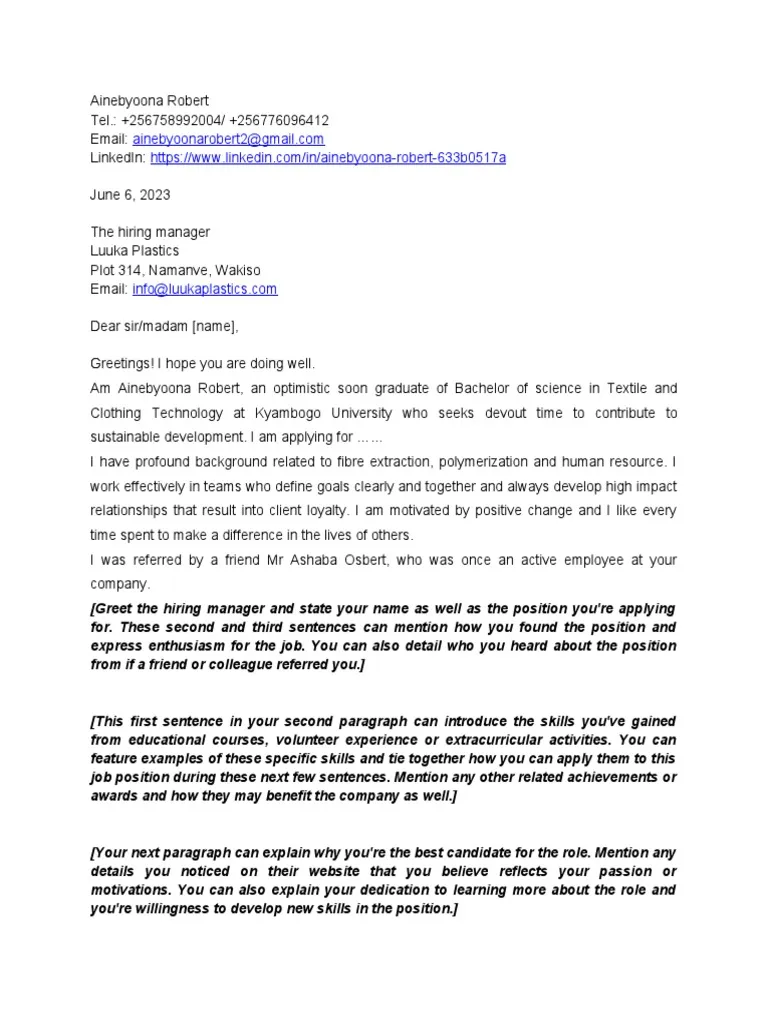
The first step in highlighting transferable skills is to identify them. Make a list of all the skills you possess, regardless of where you acquired them. Consider your strengths in communication, problem-solving, teamwork, leadership, time management, organization, and any technical skills you may have. Think about what tasks you enjoy and excel at. Review the job description carefully and identify the skills and qualities that the employer is seeking. Then, match your skills to the requirements. This process will help you tailor your cover letter to the specific role and demonstrate that you have the skills needed to succeed. It’s about translating your experiences into relevant qualifications that resonate with the employer and showcase your value.
Examples of Transferable Skills
Transferable skills can be drawn from many sources. For example, customer service experience gained in a retail setting is transferable to any role requiring interaction with clients or stakeholders. Project management skills from leading a school club can apply to project coordination in a professional setting. Communication skills developed through public speaking or writing are essential for roles requiring clear and concise communication. Teamwork skills from sports or group projects are valued in collaborative work environments. Problem-solving abilities from any challenge can be translated to analytical roles. Listing specific examples of how you’ve used these skills will help you demonstrate how you can add value to the new role.
Showcasing Your Enthusiasm and Passion
Expressing enthusiasm and passion is crucial, especially when you lack direct experience. Your cover letter should convey your genuine interest in the company and the specific role. Research the company thoroughly, understand its mission, values, and recent achievements. Mention specific projects or initiatives that excite you and explain why. Show how your skills and interests align with the company’s goals. Highlighting your passion demonstrates your motivation and willingness to learn. This can compensate for the lack of direct experience, as it shows you are proactive and eager to contribute to the company’s success. Authenticity is key; let your personality shine through and express your genuine excitement for the opportunity.
Formatting Your Cover Letter for Success
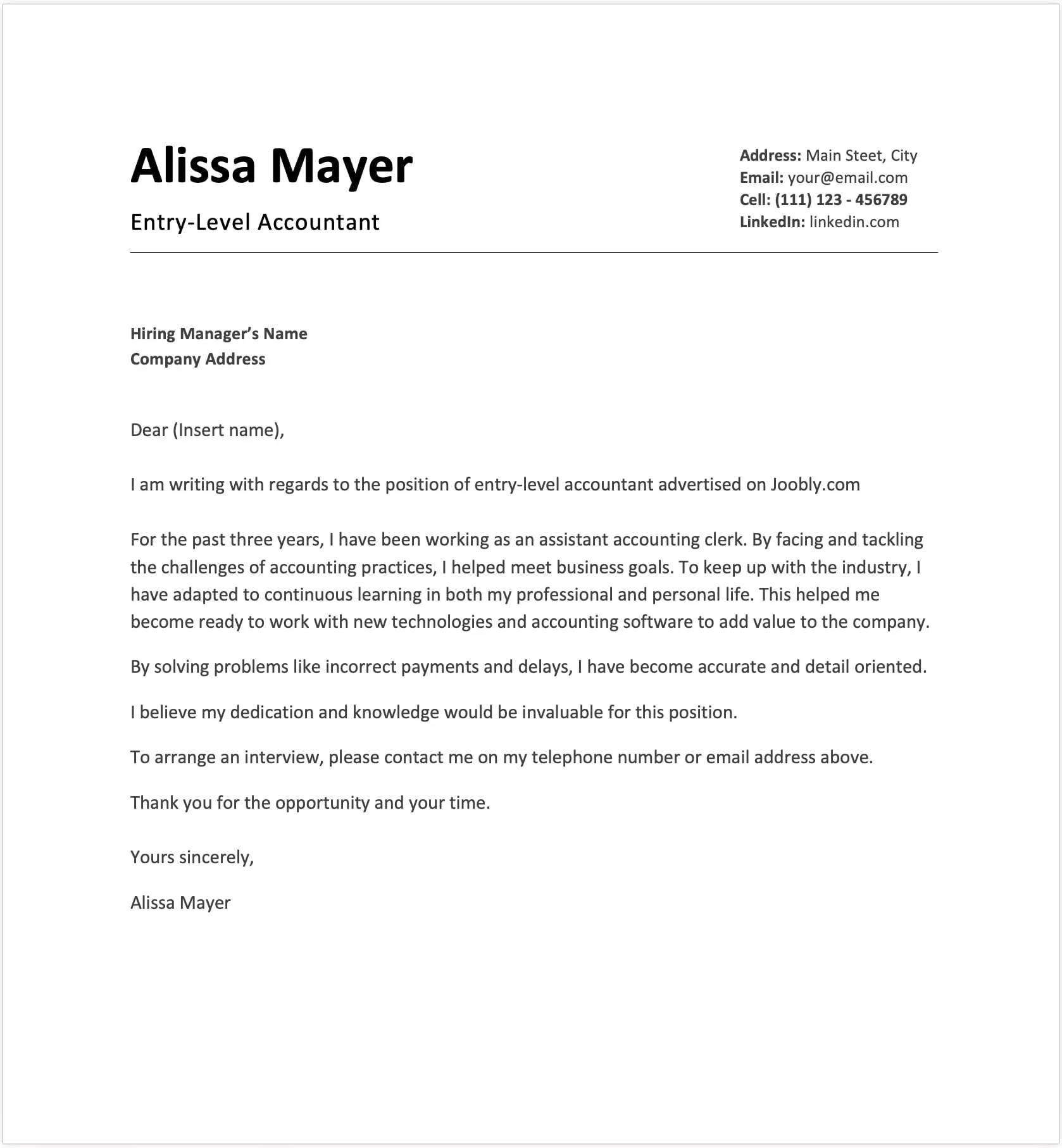
Formatting plays a critical role in how your cover letter is perceived. A well-formatted cover letter is easy to read and professional in appearance. It conveys attention to detail and shows that you value your presentation. Poor formatting, on the other hand, can distract the reader and undermine the impact of your message. Make sure your formatting choices support your content and make your key points easy to find and understand. This section will guide you through the best practices for formatting your cover letter.
Choosing the Right Font and Font Size
Select a professional and readable font like Times New Roman, Arial, Calibri, or Helvetica. Avoid overly decorative fonts that may be difficult to read. The font size should be between 10 and 12 points for body text and 12-14 for headings, depending on the font choice. Ensure the text is not too small or too large, as this affects readability. Consistency is key; stick to the same font and size throughout your cover letter. This promotes a clean and organized appearance, allowing the reader to focus on the content. A clean and straightforward font enhances the professional look of your cover letter.
Structuring Your Cover Letter Effectively
Structure your cover letter with clear sections: a header with your contact information, the date, the recipient’s information, a salutation, an opening paragraph, body paragraphs, a closing paragraph, and a complimentary close with your signature (if sending a hard copy). Use a professional and clear format. The body paragraphs should be concise and well-structured, with each paragraph focusing on a specific point or skill. Use bullet points to highlight key achievements or responsibilities, if appropriate. Ensure that the flow is logical, moving from an introduction to your qualifications, and finally, a call to action. Proper structuring improves readability and helps the recruiter quickly grasp your key skills and experiences.
Proofreading and Editing Your Cover Letter
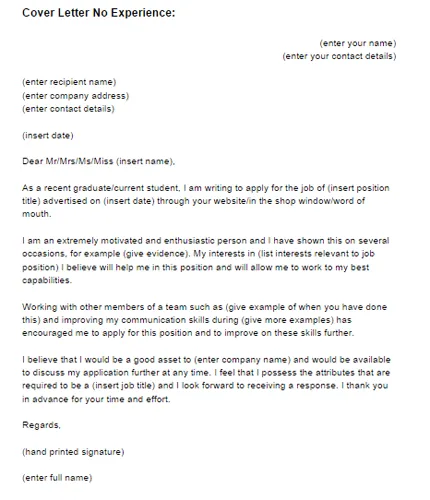
Proofreading and editing are essential steps to ensure your cover letter is polished and professional. Check for any grammatical errors, spelling mistakes, punctuation errors, and typos. Read your cover letter aloud to catch any awkward phrasing or sentence structures. Ask a friend or career advisor to review your cover letter for feedback. They can provide a fresh perspective and identify areas for improvement. Attention to detail is critical; a cover letter with errors may reflect negatively on your qualifications. Thorough proofreading shows your commitment to quality and professionalism.
Tailoring Your Cover Letter
Tailoring your cover letter to each job application is a crucial step. A generic cover letter that’s used for multiple applications is unlikely to impress. Employers can tell when a cover letter has not been customized. Taking the time to tailor your cover letter demonstrates your genuine interest in the role and the company. This customization can significantly boost your chances of getting noticed, especially when you have no direct work experience.
Researching the Company and Role
Before writing, thoroughly research the company and the specific job role. Visit the company’s website, read about its mission, values, and recent news. Understand the company culture and its target market. Study the job description carefully and understand the required skills and qualifications. Identify the key responsibilities and expectations. This knowledge will enable you to tailor your cover letter effectively and showcase how your skills and experiences align with the company’s needs and the role’s requirements. This demonstrates that you have done your homework and that you are genuinely interested in the opportunity.
Using Keywords from the Job Description
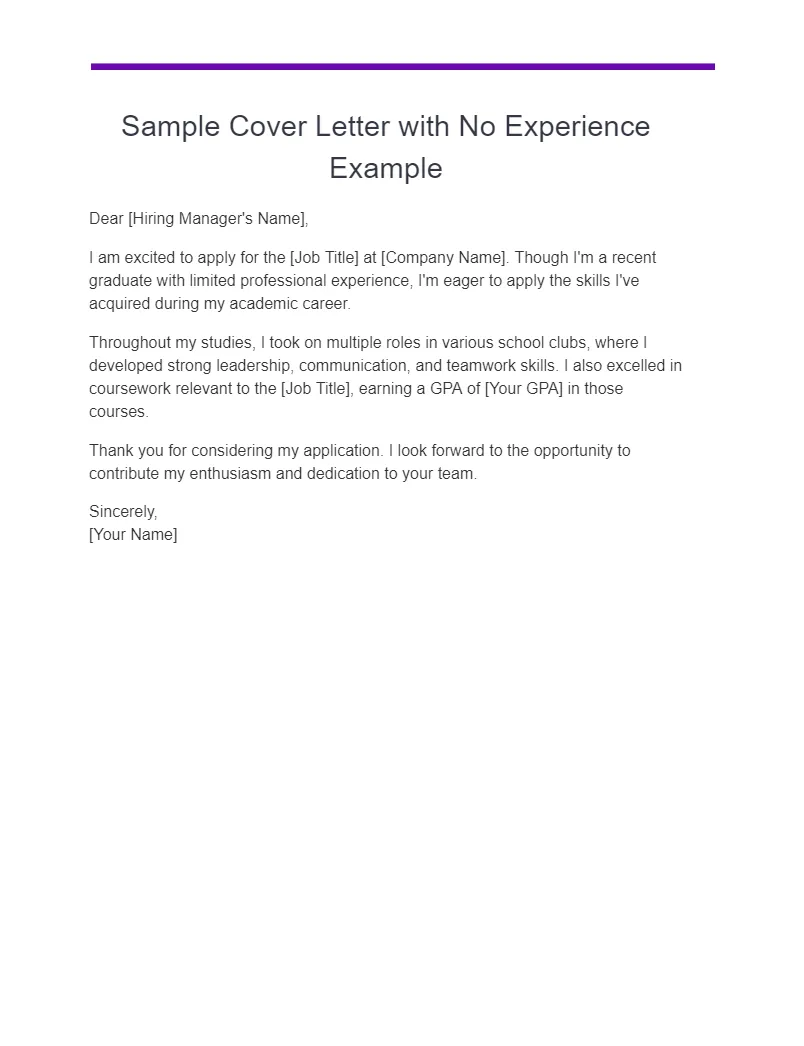
Incorporate keywords from the job description into your cover letter. Use the same terminology and phrases the employer uses to describe the required skills and qualifications. This helps the hiring manager quickly see that you possess the skills and experiences they seek. It also helps your application pass through Applicant Tracking Systems (ATS), which often scan for keywords. However, avoid keyword stuffing, which can make your cover letter sound unnatural. Integrate the keywords naturally within your sentences and paragraphs. Use keywords to describe your skills, experiences, and how you meet the requirements of the role. Keywords should be used strategically to highlight your qualifications and skills.
Writing a Strong Opening Paragraph
The opening paragraph is your first chance to grab the reader’s attention and create a positive first impression. It sets the tone for the rest of the cover letter. It should be concise and engaging, quickly stating your purpose. Make sure you clearly indicate the position you are applying for and where you found the job posting. The opening paragraph should be attention-grabbing and demonstrate your enthusiasm for the role and the company. A strong opening can motivate the reader to continue reading. It should be tailored to the specific job and should highlight the most relevant aspects of your profile.
Grabbing the Reader’s Attention
Start your cover letter with a hook. It could be a concise statement about your enthusiasm for the company, a reference to a specific project or initiative, or a brief overview of your key skills. Avoid generic opening lines such as ‘I am writing to apply for the position.’ Instead, try to make the opening unique and memorable. For instance, you might reference a recent company achievement that resonates with you, or mention a skill that directly aligns with a requirement of the role. This will help you stand out and increase the likelihood that the hiring manager will continue reading your letter.
Stating Your Purpose Clearly
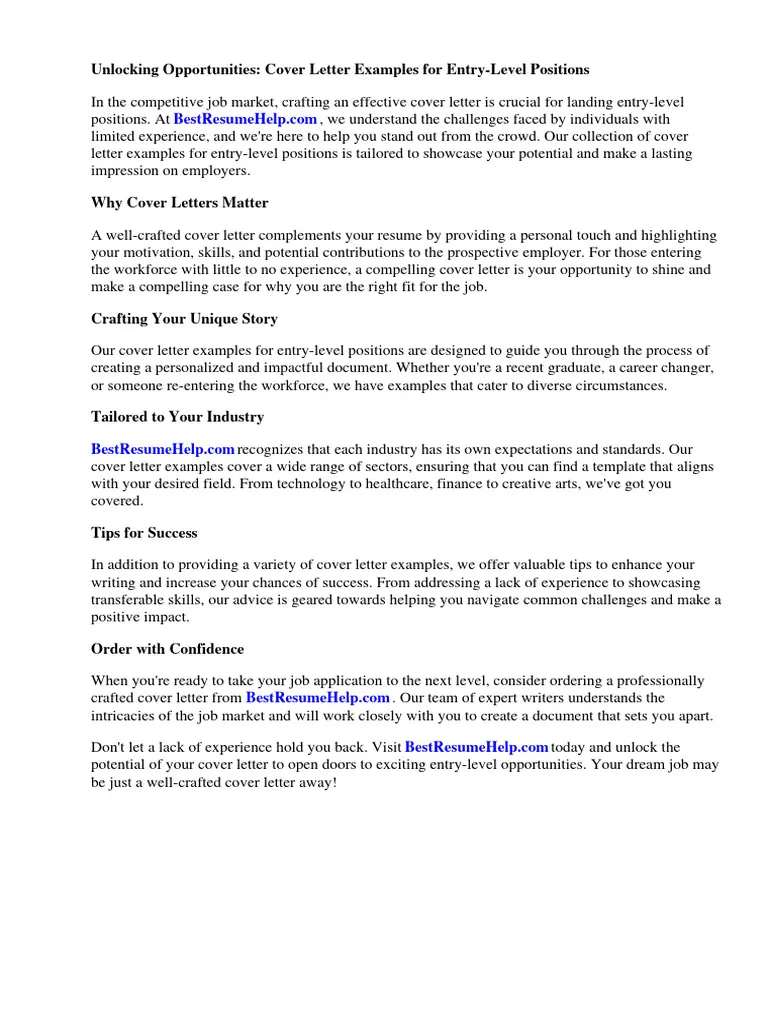
In the opening paragraph, clearly state the position you are applying for. Also mention where you found the job posting – this helps the employer track their recruitment efforts. Keep it straightforward and direct, making sure the reader knows the purpose of your letter immediately. For example, ‘I am writing to express my interest in the Marketing Assistant position advertised on [Platform].’ This immediately informs the reader about your goal. Ensure the title is accurate. Accuracy and clarity in stating your purpose is essential, as this helps the hiring manager understand the context of your application right away.
Demonstrating Value in the Body Paragraphs
The body paragraphs are where you demonstrate your value to the employer. Instead of listing skills, explain how you have utilized them in the past. Provide specific examples that showcase your accomplishments and your ability to excel in the role. Highlight transferable skills and relate them to the job requirements. Be concise and impactful. This section should highlight the most relevant skills and experiences that you possess and demonstrate how these align with the needs of the employer.
Providing Specific Examples
Use the STAR method (Situation, Task, Action, Result) to provide concrete examples. Describe the situation you were in, the task you had to complete, the action you took, and the result you achieved. For instance, instead of saying, ‘I have good communication skills,’ state: ‘In my role as a volunteer, I successfully led a team of five in organizing a fundraising event. My clear communication and delegation skills resulted in exceeding our fundraising goal by 15%.’ This provides tangible evidence of your abilities. Specific examples make your cover letter more memorable. It transforms abstract statements into verifiable accomplishments.
Quantifying Your Achievements When Possible
Whenever possible, quantify your achievements. Use numbers, percentages, or specific data to illustrate your impact. For example, instead of saying ‘Improved customer satisfaction,’ say ‘Increased customer satisfaction by 20% through implementing a new feedback system.’ Quantifiable results are persuasive and demonstrate your ability to create measurable value. This makes your accomplishments more credible and shows that you can deliver results. When you can demonstrate impact with numbers, you increase your chances of getting hired, especially with no work experience.
Writing a Powerful Closing Paragraph
The closing paragraph should reinforce your interest and include a call to action. It is your final opportunity to leave a lasting impression. Make sure to reiterate your enthusiasm for the role and the company. A strong closing paragraph can motivate the employer to take the next step and invite you for an interview. This is how you transition from the content of the letter to the next stage of the application process.
Reiterating Your Interest
Reiterate your interest in the position and the company in your closing paragraph. Briefly summarize why you are a great fit and what you are excited to contribute. Express your gratitude for the employer’s time and consideration. The concluding statement should reinforce the main points of your letter and leave the reader with a positive impression. Reassure the employer of your interest, and remind them of your key qualifications. This creates a strong closure.
Adding a Call to Action
Include a call to action at the end of your cover letter. This could be a statement such as: ‘I am eager to discuss how my skills can benefit your team.’ or ‘I am available for an interview at your earliest convenience.’ Make it easy for the employer to take the next step. The call to action should be clear and encourage the employer to contact you. Your call to action is essential to move the process forward. This may include providing your contact information again for convenience.
By following these tips, you can create cover letter samples that will impress potential employers, even without direct work experience. Remember to focus on transferable skills, showcase your enthusiasm, and tailor your letter to each specific job. Good luck with your job search!
